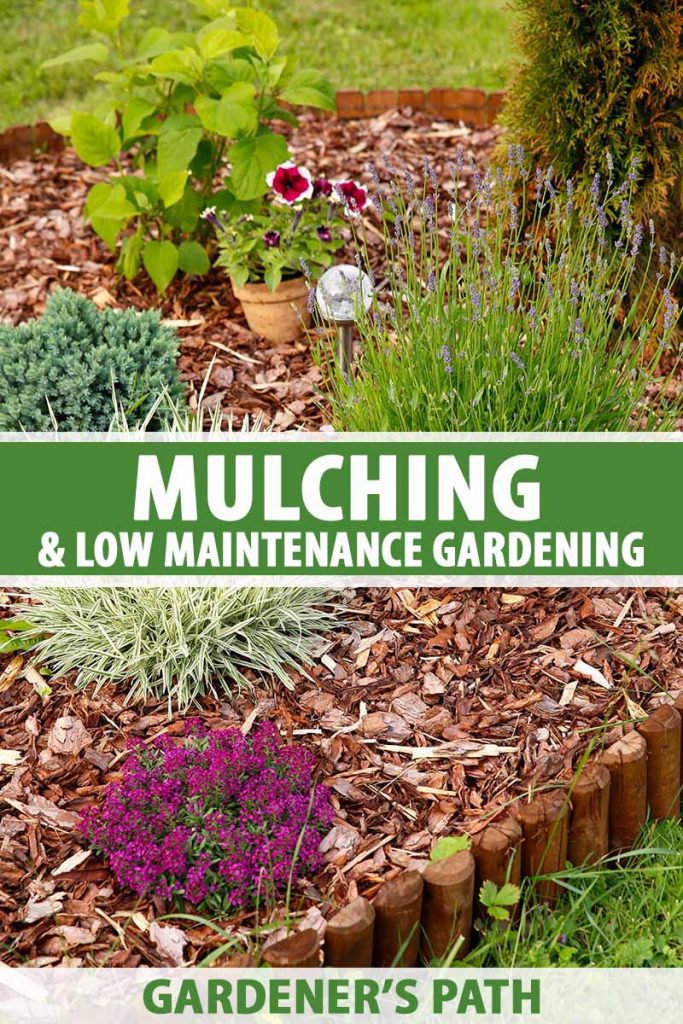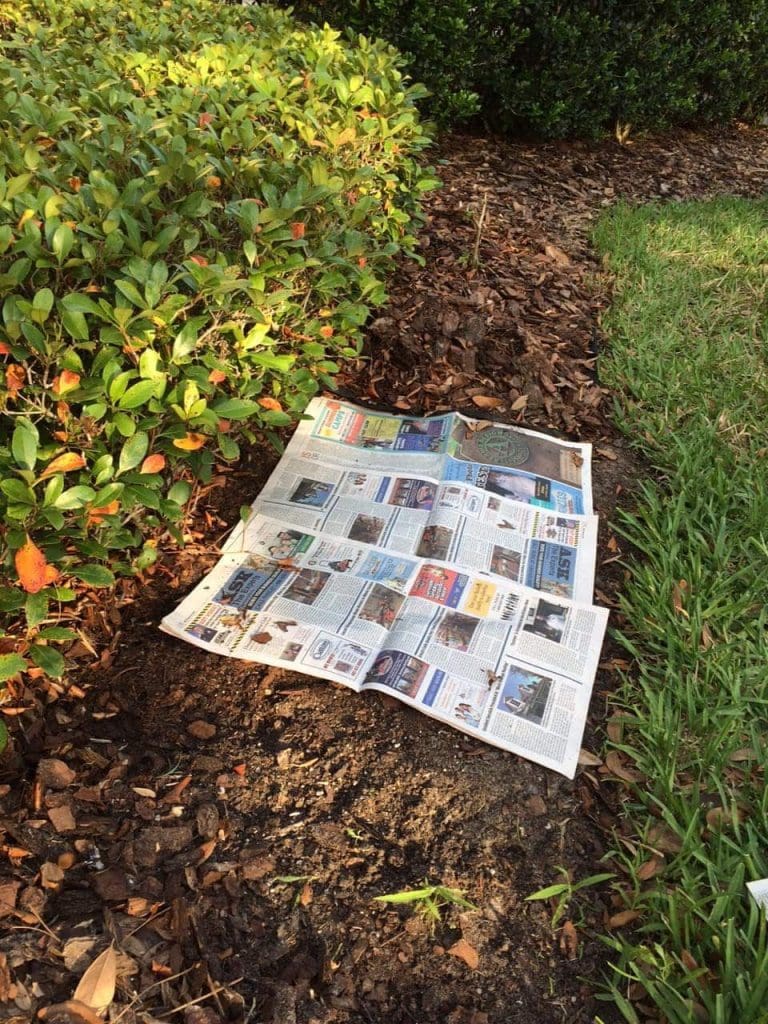Grass Seed Mulch: The Ultimate Guide To Growing A Lush Lawn
Introduction
A lush, green lawn is the dream of many homeowners. But growing a healthy lawn takes time, effort, and the right tools. One of the most important tools for growing a lush lawn is grass seed mulch.
Grass seed mulch helps to keep the soil moist, which is essential for germination. It also helps to suppress weeds, which can compete with your grass for water and nutrients. And, it helps to protect your grass seedlings from the elements.
In this blog post, we will discuss the benefits of using grass seed mulch, how to choose the right mulch, and how to apply it. We will also provide some tips for caring for your newly mulched lawn.
Benefits of Using Grass Seed Mulch
There are many benefits to using grass seed mulch. Here are just a few:
- Keeps the soil moist. One of the most important factors for germination is moisture. Grass seed mulch helps to keep the soil moist by preventing evaporation. This is especially important in hot, dry climates.
- Suppresses weeds. Weeds can compete with your grass for water and nutrients. Grass seed mulch helps to suppress weeds by creating a barrier between the soil and the air. This makes it difficult for weeds to germinate.
- Protects grass seedlings from the elements. Grass seedlings are vulnerable to the elements, such as wind and rain. Grass seed mulch helps to protect your grass seedlings from the elements by providing a layer of insulation.
Choosing the Right Mulch
There are many different types of mulch available, but not all of them are created equal. When choosing a mulch for your grass seed, there are a few things to keep in mind:
- The type of grass you are planting. Some types of mulch are better suited for certain types of grass. For example, pine bark mulch is a good choice for cool-season grasses, while straw mulch is a good choice for warm-season grasses.
- The size of the mulch. The size of the mulch particles will affect how quickly it breaks down. Smaller particles will break down more quickly than larger particles.
- The color of the mulch. The color of the mulch can affect the appearance of your lawn. If you want a natural look, choose a mulch that is the same color as your grass.
Applying Grass Seed Mulch
Once you have chosen the right mulch, it is time to apply it. Here are the steps on how to apply grass seed mulch:
- Rake the soil to remove any debris.
- Spread the mulch evenly over the soil. The thickness of the mulch layer will depend on the type of mulch you are using.
- Water the mulch thoroughly.
Caring for Your Mulched Lawn
Once you have mulched your lawn, there are a few things you need to do to care for it:
- Water regularly. Mulch helps to retain moisture, but you still need to water your lawn regularly.
- Avoid mowing too short. Mowing your lawn too short can damage the grass roots.
- Aerate your lawn regularly. Aeration helps to improve the drainage of your soil.
Conclusion
Grass seed mulch is a valuable tool for growing a lush, green lawn. It helps to keep the soil moist, suppress weeds, and protect grass seedlings from the elements. If you are looking for a way to improve your lawn, consider using grass seed mulch.
If you're looking for more information about grass seed mulch, I recommend visiting Home Gardening. They have a comprehensive guide on the topic, including the different types of mulch, how to apply it, and the benefits of using it.
FAQ of grass seed mulch
- What is grass seed mulch?
Grass seed mulch is a layer of organic material that is spread over newly planted grass seed to help it retain moisture, suppress weeds, and protect the seeds from pests and diseases.
- What are the benefits of using grass seed mulch?
There are many benefits to using grass seed mulch, including:
* Helps retain moisture: Mulch helps to keep the soil moist, which is essential for new grass seed to germinate and grow.
* Suppresses weeds: Mulch helps to block sunlight from reaching weed seeds, which prevents them from germinating.
* Protects from pests and diseases: Mulch can help to protect new grass seedlings from pests and diseases by creating a barrier between them and the soil.
* Improves soil quality: Mulch can help to improve soil quality by breaking down over time and adding organic matter to the soil.
- What type of mulch should I use for grass seed?
The best type of mulch for grass seed is a light, organic material that will not smother the seeds. Some good options include:
* Straw
* Wood chips
* Peat moss
* Compost
- How much mulch should I use for grass seed?
The amount of mulch you need to use will depend on the size of the area you are seeding. A good rule of thumb is to spread a layer of mulch that is 1-2 inches thick.
- When should I apply mulch to grass seed?
You should apply mulch to grass seed as soon as the seeds have been planted. This will help to keep the seeds moist and protect them from the elements.
- How often should I water grass seed mulch?
You will need to water the grass seed mulch regularly, especially during the first few weeks after planting. The amount of water you need to use will depend on the climate and the type of mulch you are using.
- How long do I need to keep the mulch on my grass seed?
You can usually remove the mulch after the grass seedlings have become established, which is usually about 6-8 weeks after planting.
Image of grass seed mulch
- Image 1: A pile of straw mulch that has been spread over a newly seeded lawn.

- Image 2: A close-up of grass seed that has been covered with wood chip mulch.

- Image 3: A layer of pine bark mulch that has been spread over a newly seeded garden bed.

- Image 4: A gardener spreading shredded leaves over a newly seeded lawn.
- Image 5: A layer of compost that has been spread over a newly seeded patch of ground.
- Image 6: A gardener spreading cocoa bean hull mulch over a newly seeded flower bed.

- Image 7: A close-up of grass seed that has been covered with peat moss mulch.
- Image 8: A layer of newspaper that has been spread over a newly seeded lawn to suppress weeds.

- Image 9: A gardener spreading a layer of black plastic over a newly seeded garden bed to keep the soil moist.
- Image 10: A close-up of grass seed that has been covered with a layer of fabric mulch.

Post a Comment for "Grass Seed Mulch: The Ultimate Guide To Growing A Lush Lawn"